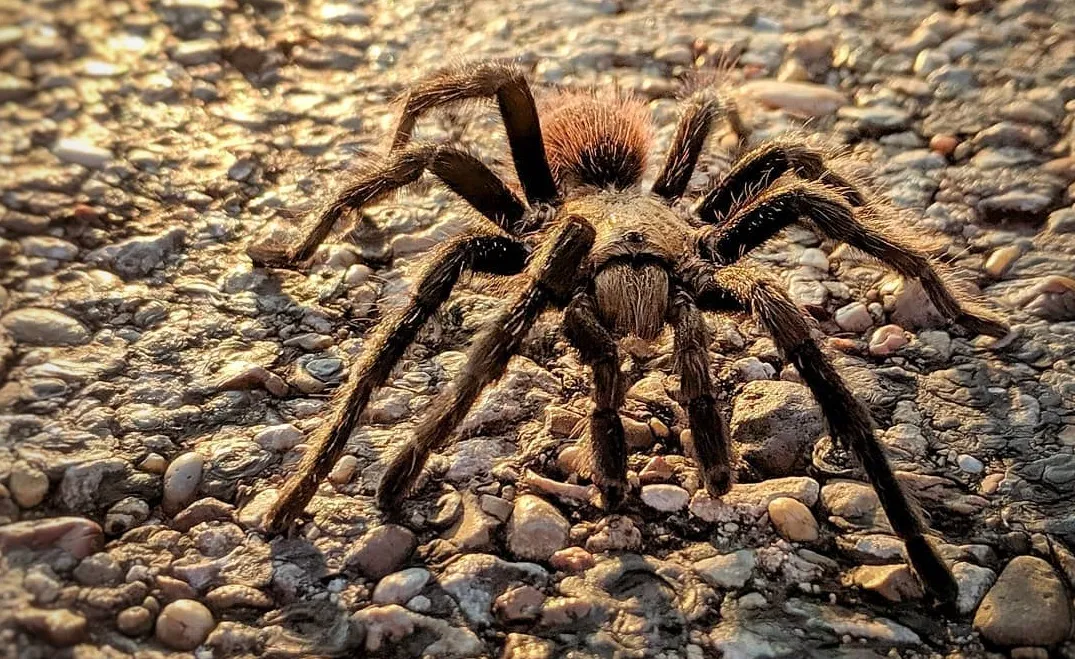What is a Texas Brown Tarantula?
The Texas Brown Tarantula (Aphonopelma anax) is a large, impressive spider native to the southwestern United States, particularly Texas. Known for its relatively docile nature and impressive size, this arachnid is a fascinating creature. Often encountered in the wild, the Texas Brown Tarantula plays a vital role in its ecosystem, helping to control insect populations. These spiders are popular among arachnid enthusiasts and are relatively easy to care for in captivity. Their presence in the Texan landscape is a testament to the diverse wildlife found in the region. Understanding the Texas Brown Tarantula involves appreciating its unique characteristics, behaviors, and ecological significance.
Appearance and Physical Characteristics
Texas Brown Tarantulas are easily recognizable due to their size and coloration. They possess a robust build and are covered in fine hairs that give them a velvety appearance. These hairs also play a role in their sensory perception, helping them detect vibrations and air currents. The overall appearance is designed for both camouflage and survival in their natural environment. These physical attributes are crucial for hunting, mating, and protecting themselves from predators. The texture of the tarantula’s body also contributes to its ability to climb and navigate various terrains.
Size and Leg Span
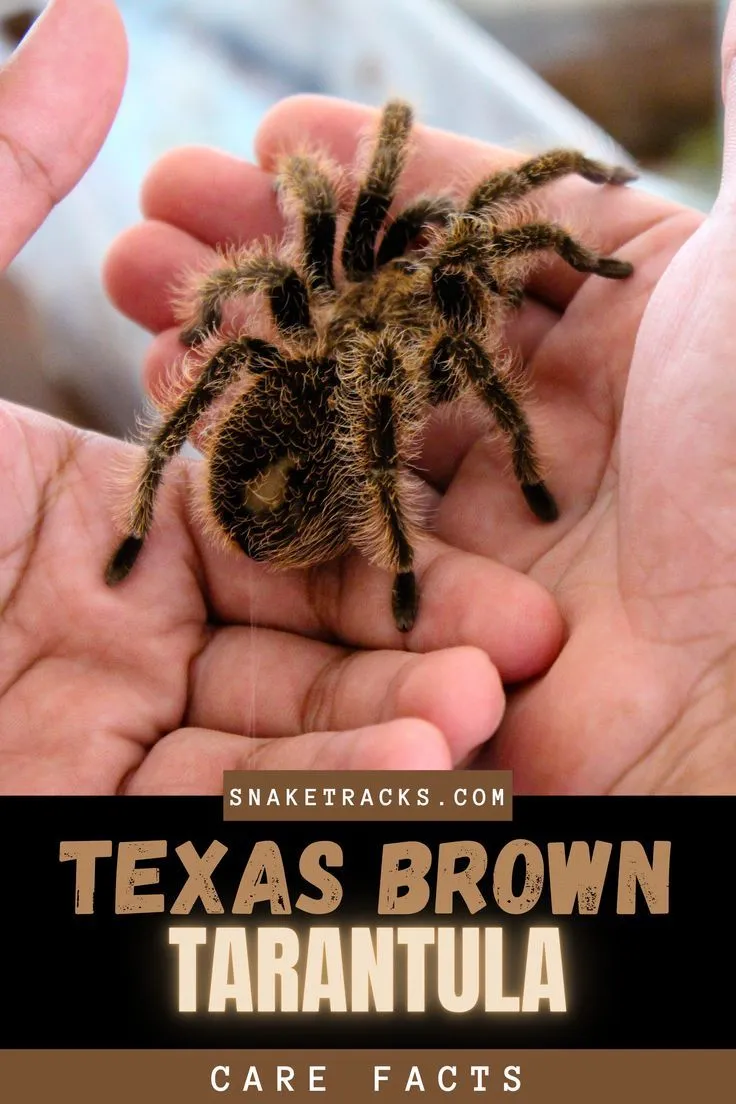
One of the most striking features of the Texas Brown Tarantula is its size. The females are generally larger than the males, with a leg span that can reach up to 5 inches or more. The body itself can be up to 2.5 inches long. Males are typically smaller and may have longer legs in proportion to their body size, which is an advantage during mating. This significant size allows the tarantula to effectively hunt larger prey and defend itself against threats. The size difference between males and females is also a common trait in the arachnid world, playing a role in various aspects of their lives.
Coloration and Markings
The Texas Brown Tarantula’s coloration is typically a mix of browns, ranging from light tan to dark chocolate. This coloration provides excellent camouflage, allowing the tarantula to blend seamlessly with its surroundings, such as the soil, rocks, and vegetation of its habitat. Subtle variations in color can occur, depending on the individual spider’s age, sex, and environmental conditions. While not brightly colored, the muted tones help the tarantula evade predators and ambush prey. The overall appearance contributes to its effective survival strategy in the wild.
Habitat and Distribution
The Texas Brown Tarantula is primarily found in the southwestern United States, with a strong presence in Texas. They prefer dry, arid environments, which provide optimal conditions for their lifestyle. These spiders are adapted to thrive in regions with varying temperatures, from hot summers to mild winters. Understanding their habitat is essential for appreciating their survival strategies and the specific environmental adaptations they possess. Their choice of habitat often corresponds with the availability of prey and suitable locations for constructing burrows or finding shelter.
Geographic Range
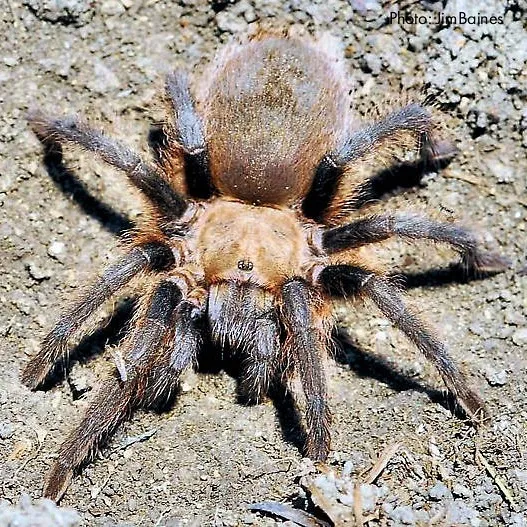
The primary range of the Texas Brown Tarantula encompasses a significant portion of Texas, as well as parts of neighboring states, including New Mexico, Arizona, and Oklahoma. Within these regions, they can be found in various habitats, from grasslands and scrublands to open woodlands and deserts. The geographic distribution is influenced by factors such as climate, vegetation, and prey availability. Observing their range helps in understanding their ability to adapt to different environmental conditions and their dispersal patterns over time.
Preferred Habitats
Texas Brown Tarantulas typically choose habitats that offer a combination of shelter, food, and suitable soil for burrowing. They often inhabit burrows in the ground, under rocks, or within dense vegetation. These burrows provide protection from extreme temperatures, predators, and harsh weather conditions. The tarantulas prefer areas with loose soil that is easy to excavate. This soil must also be capable of maintaining the structural integrity of their burrows. Access to food sources, such as insects and other invertebrates, is also a key factor in their habitat selection.
Behavior and Lifestyle
The Texas Brown Tarantula exhibits unique behaviors and a distinct lifestyle adapted to its environment. Their hunting strategies, molting process, and interactions with other species contribute to the tarantula’s place in the ecosystem. Understanding these aspects of their behavior provides valuable insights into their survival mechanisms and the factors that influence their daily lives. Their actions are largely driven by instinct, environmental pressures, and the need to secure resources for growth and reproduction. They are generally solitary creatures, except during mating season.
Diet and Hunting
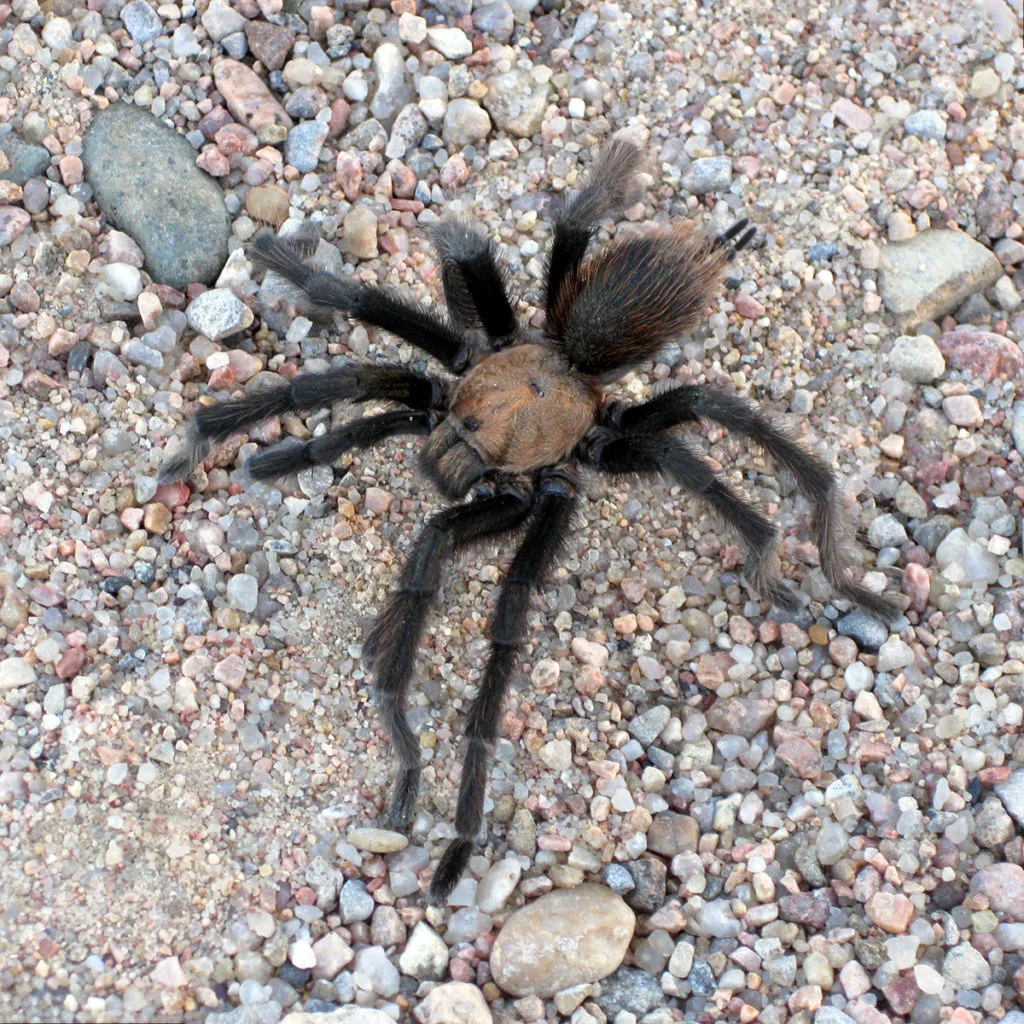
Texas Brown Tarantulas are primarily predators, feeding on a variety of insects and other invertebrates. Their diet can also include small vertebrates, such as lizards and mice, depending on the size of the tarantula and the availability of prey. They are ambush predators, waiting patiently in or near their burrows for unsuspecting prey to come within striking distance. Their hunting success depends on their speed, stealth, and the ability to inject venom to subdue their victims. The feeding habits of the Texas Brown Tarantula play a significant role in controlling insect populations within their habitat.
Feeding Habits
The Texas Brown Tarantula’s feeding habits are directly related to its ambush predator lifestyle. They typically feed at night, when their prey is most active. Once they capture prey, the tarantulas use their chelicerae (fangs) to inject venom, which immobilizes the victim and begins the process of digestion. The tarantula then uses digestive enzymes to break down the prey’s internal tissues, after which they consume the resulting liquid. Their feeding frequency varies depending on their age, size, and prey availability. The tarantula’s feeding method is a fascinating example of predatory adaptation.
Hunting Techniques
Texas Brown Tarantulas are skilled hunters that employ a variety of techniques to capture their prey. They often wait near the entrance of their burrows, sensing vibrations in the ground that indicate the presence of potential food. When prey comes close enough, the tarantula swiftly ambushes it, injecting venom to paralyze the victim. They also use silk to secure their burrows and to help them climb and navigate. The effectiveness of their hunting techniques is a testament to their evolutionary adaptations and survival instincts.
Lifespan and Life Cycle
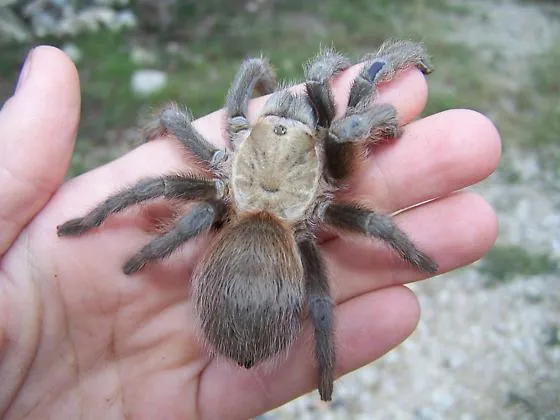
The Texas Brown Tarantula has a relatively long lifespan compared to many other insect species. Their life cycle includes several stages, including molting and reproduction, that are crucial for their growth and survival. Understanding the lifespan and life cycle helps in appreciating the long-term adaptations and resilience of these arachnids. The various stages of their life cycle are also important for their population dynamics and the overall health of their ecosystem.
Moulting Process
Molting is an essential part of the Texas Brown Tarantula’s life cycle, allowing it to grow and shed its old exoskeleton. This process involves the tarantula creating a new, larger exoskeleton beneath its old one. The tarantula then sheds the old exoskeleton, leaving behind a perfect replica of itself. The molting process can take several hours or even days, and the tarantula is vulnerable during this time. The frequency of molting decreases as the tarantula matures. This process is a fundamental part of their growth and development.
Reproduction
Reproduction in Texas Brown Tarantulas involves a complex mating ritual, where the male transfers sperm to the female. After mating, the female will lay eggs in a silken egg sac. The female then guards the egg sac until the spiderlings hatch. The young tarantulas, called spiderlings, go through several molts as they grow. The reproductive process is essential for the continuation of the species. The number of offspring can vary depending on the female’s size and the environmental conditions.
Interactions with Humans
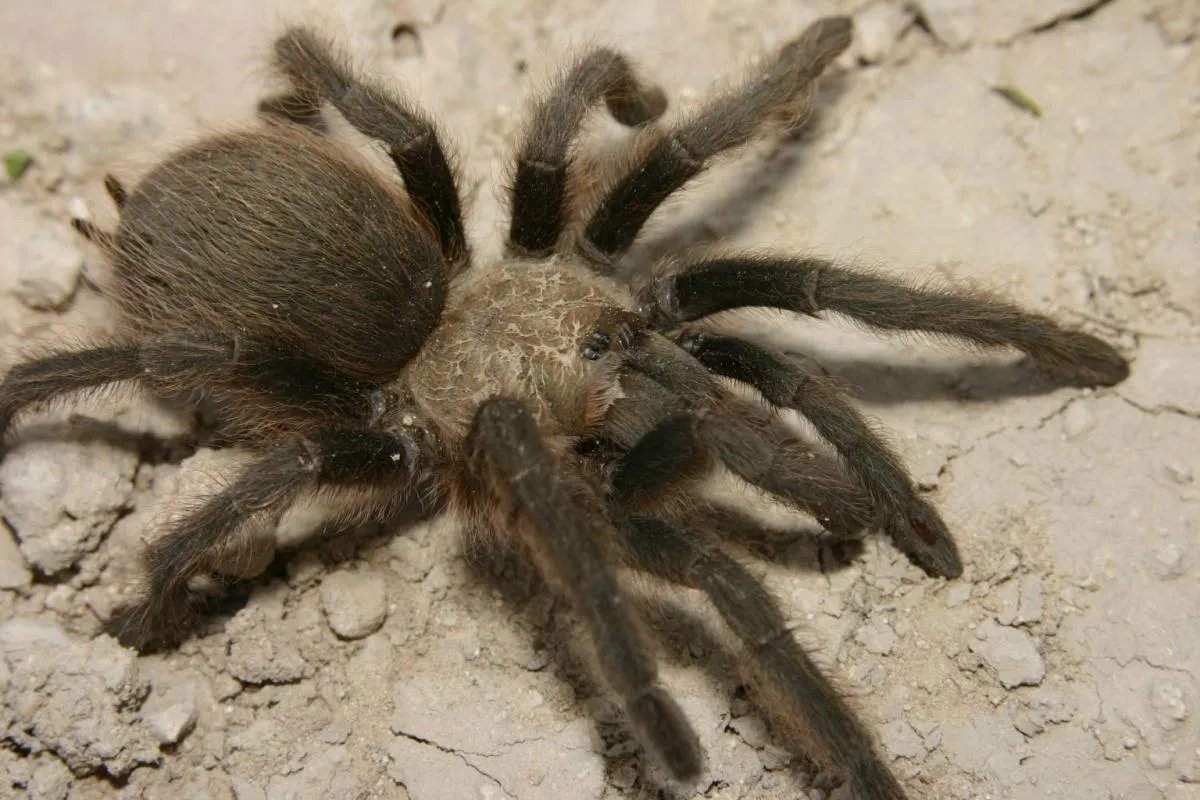
Texas Brown Tarantulas are often encountered by humans, particularly in their native habitats. While they may appear intimidating due to their size, they are generally not aggressive and rarely bite unless provoked. Understanding the nature of their interactions with humans is essential for promoting responsible coexistence and dispelling common misconceptions. The tarantulas’ presence in the wild, and even in captivity, allows for a deeper appreciation of these animals and their role in the ecosystem.
Venom and Bite
Texas Brown Tarantulas possess venom, which they use to subdue prey. However, their venom is not considered highly toxic to humans. A bite from a Texas Brown Tarantula is typically comparable to a bee sting, causing localized pain, redness, and swelling. It is extremely rare for their bites to require medical attention. Even though the bites are not highly dangerous, it is still advisable to avoid handling them or provoking them to prevent any unnecessary discomfort.
Handling and Safety
While Texas Brown Tarantulas are generally docile, it is best to observe them from a distance. If you encounter one in the wild, it’s advisable to admire it from a safe distance and not attempt to handle it. If you are keeping a Texas Brown Tarantula in captivity, handle it carefully, and only if necessary. Always wash your hands thoroughly after any contact with the tarantula or its enclosure. Ensure that you have knowledge about the species and its behavior before attempting to handle it to minimize the risk of bites. It’s always better to be cautious and to prioritize your safety and the tarantula’s well-being.
Conservation Status
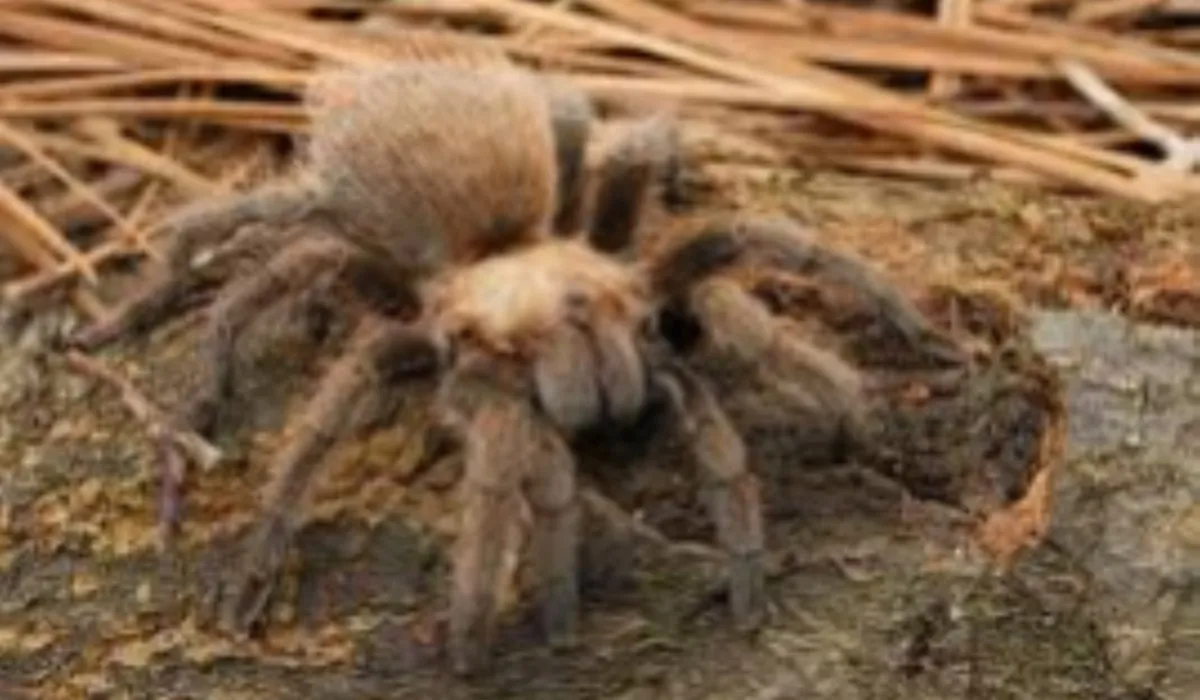
The Texas Brown Tarantula currently does not have a formal conservation status, meaning it’s not listed as threatened or endangered. However, like many species, they are subject to various threats that could impact their populations. Understanding these threats and the conservation efforts in place is critical for ensuring the long-term survival of these remarkable spiders. Their conservation is important for maintaining biodiversity and preserving the balance of their ecosystem.
Threats to Texas Brown Tarantulas
The Texas Brown Tarantula faces various threats, including habitat loss due to urbanization and agriculture, pesticide use, and the pet trade. Destruction of their habitats reduces the availability of suitable living spaces, leading to population decline. Pesticide use can contaminate their food sources, affecting their health. The pet trade can sometimes lead to overcollection. It is important to address these threats to ensure the survival of Texas Brown Tarantulas. Conservation efforts must focus on protecting their habitats and promoting responsible practices.
Conservation Efforts
Several conservation efforts can help protect Texas Brown Tarantulas. Habitat preservation is the most effective strategy. Educating the public about the importance of these spiders can also help reduce harm and encourage responsible interactions. Supporting sustainable land management practices and reducing pesticide use are important steps. Promoting responsible pet ownership is critical in preventing overcollection. Supporting organizations dedicated to wildlife conservation can contribute to the preservation of these amazing arachnids. By working together, we can help ensure that Texas Brown Tarantulas continue to thrive in their natural habitats.
